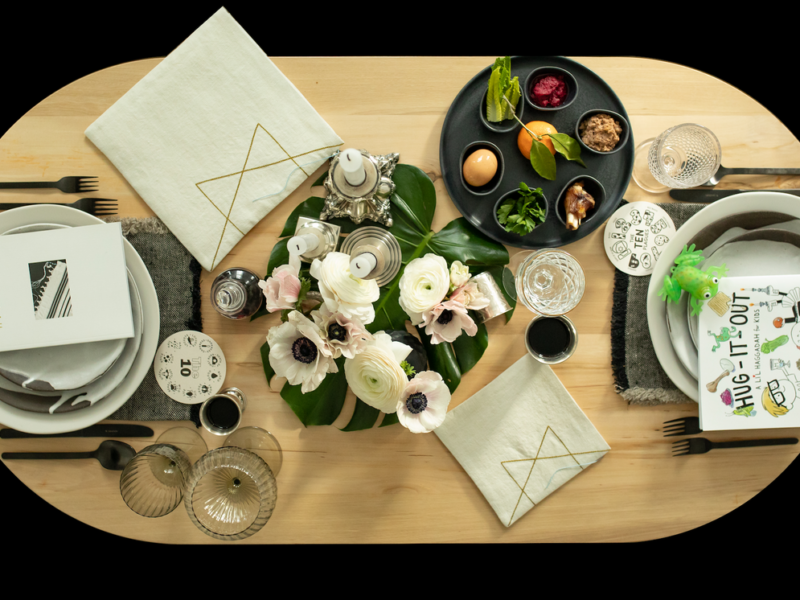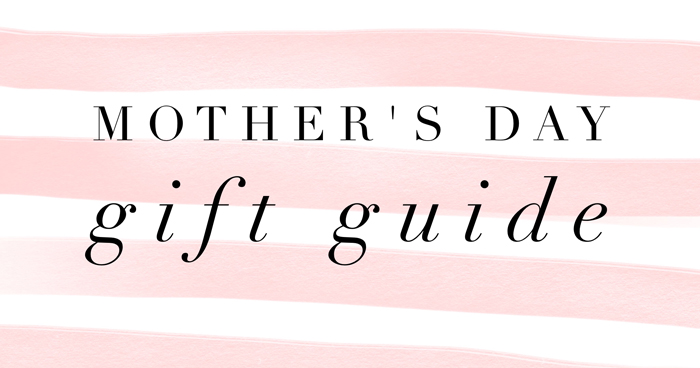As a child, I grew up listening to music on our family’s prized pos- session, a stereo system nestled deep within a richly oiled ma- hogany cabinet with two huge speakers that dominated the corners of our living room. Sunday mornings were dedicated to classical music, the afternoons were filled with Broadway musicals and the evenings were a potpourri ranging from classical guitar and folk to Calypso and Big Band. It was during these wonderful forays that Rex Harrison and Julie Andrews taught me that “the rain in Spain stays mainly on the plane,” and John Gary wooed my heart with “This is All I Ask.”
But one of my all-time favorites was a tune by Burl Ives, his sugary voice eliciting images of delight in my 7-year-old heart. I later found out that the “Big Rock Candy Mountain” was originally recorded by Harry McClintock in 1928 and described a hobo’s idea of paradise. Ives sanitized the version, substituting peppermint trees for cigarette trees and deleting all references to alcohol!
The chorus in Ives’ children’s version went like this:
“Oh the buzzin’ of the bees in the peppermint trees near the soda water fountain, at the lemonade springs where the blue bird sings on the Big Rock Candy Mountain.”
I would dream of this magical place and the house I would build. The walls were made of chocolate chip ice cream, the roof of crunchy peanut brittle. There was a swimming pool filled with ginger ale that I could drink to my heart’s content. And the yard had lollypop and gumdrop flowers, and talking squirrels with names like Squeaky and Scrumpy.
Fast forward to the summer of 2011: My husband Ray and I were driving from Montana to Tucson on a back-road route – Highway 89. As we followed a winding turn, a magnificent golden peak loomed large, taking us totally by surprise. And when I read the sign, I literally screamed out in delight, causing my road-weary husband to jump out of his seat. “Wait, pull over, right now! Look where we are!”
It was then that he noticed the sign. The Big Rock Candy Mountain was staring us in the face.
It’s not often that one arrives at her childhood paradise, so of course we had to spend the night. It was a bit disappointing to learn, however, that the hotel walls were made of plaster and wood, and no squirrels answered to the name of Squeaky or Scrumpy. Paradise is a complex and intriguing idea that has been a part of the human experience since the beginning of time. In many cultures and reli- gions, paradise was imagined as a garden, a place of extreme beauty and perfection like the Garden of Eden. In fact, the Hebrew word for paradise comes from the root word for pardes, which means orchard.
Most world religions identify paradise as the physical place where righteous souls ascend after death to dwell with God. But the concept is not as clear in Judaism, where ideas about the afterlife
are varied and somewhat difficult to define. There is no mention of heaven or the afterlife in the Torah, although there is reference to a place called Gehinnom or Sheol (hell). The Talmud, the Zohar and later rabbinic teachings refer to an afterlife and Olam Ha Bah, or the World to Come. This is viewed as both a place in time and a physical place: an era in history heralded by the coming of the Messiah, as well as the place where righteous souls will be rewarded after death to “feast on the brightness of the Divine Presence.”
I was only 7 when I first began to imagine my own personal paradise as a rock candy mountain where I could feast on an ice cream house and talk to animals. But as my needs and desires have changed, as my age and health and family have grown and evolved, so has my concept of paradise. In my earlier years, it was related to what I didn’t have – to what I hoped to achieve, to my goals and dreams for the future. But as I approach my 60th year and celebrate my 30th wed- ding anniversary, paradise is more about what I do have – the blessings of good health, a husband I cherish, the love of family and friends, and work that is meaningful. Paradise for me is not a far-off place. Paradise is right here and now.
Each one of us may have our Big Rock Candy Mountain and not even realize it. Perhaps that’s why we took the longer route through Utah, so that I could find mine once again.
Amy Hirshberg Lederman is an author, Jewish educator, public speaker and attorney. Her columns have won awards from the American Jewish Press Association, the Arizona Newspapers Association and the Arizona Press Club for Excellence in Commentary. Visit her website at amyhirshberglederman.com.





